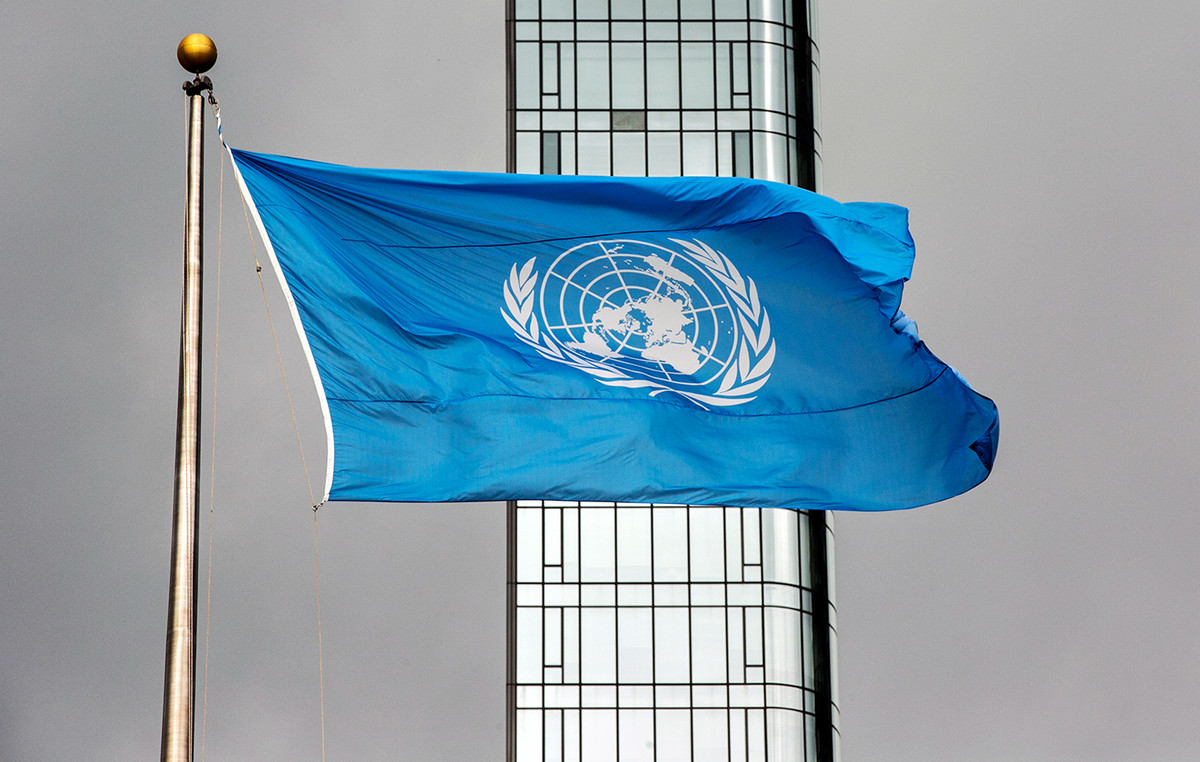Her Eleftherias Kourtali
Greece is making its debut in the markets with a new 10-year bond for this year, as according to a relevant announcement, ODDIH has instructed the six contracting banks -Barclays, Commerzbank, Eurobank, Morgan Stanley, Nomura and Societe Generale- to run the issue, with the book of offers is expected to open, unexpectedly, tomorrow.
With “air” from the signal given by Fitch, upgrading Greece’s prospects to positive from stable before – which means that it will be followed by an upgrade of the rating in up to 12-18 months, despite the pressures that have been exerted in the last In the international bond market and which led other countries in the region such as Italy, Spain and Portugal to pay more for their expenses in the previous days, the Greek government is widely expected to make another successful exit. This is because it has at its side the strong support of the ECB but also the high cash flow that already covers the financial needs of the country for at least two years. “Bonus” in all this is the strong growth impetus that will be given by the increased disbursements from the Recovery Fund, but also the stable political scenario of the country.
The new title will expire in June 2032 (so it lasts 10.5 years), with the aim of achieving an interest rate below 2%. It is noted that the 10-year bond issued in 2021 – lasting approximately 9.5 years today as it expires in June 2031 – has a yield of 1.65% while it was issued with a historically low interest rate of 0.807% (at 0.888% the yield in re-opening in June) and with a coupon of 0.75%.
Although the amount of pumping has not been decided, as it will be determined by the investment demand, according to market participants, the new 10-year issue may have a size of 3 billion euros.
What is certain is that this year’s Greek issues will be made at an increased cost, something that also applies to all eurozone countries, due to rising inflation and the shift in the monetary policy of central banks.
JP Morgan recently noted, however, that Greek bonds with a maturity of 8-10 years are particularly attractive compared to the rest of the region and advised investors to “take advantage” of ODDIH issues in order to increase their positions in Greece.
The ECB’s commitment to support the country through its flexible reinvestment program is a strong signal and creates a favorable environment for Greek bonds as ODDIH will issue € 12 billion in securities this year, even if the ECB buys only € 1 billion in Greek. bonds per month. Thus the publishing activity is fully covered. At the same time, JP Morgan noted that Greece has high cash reserves (over 30 billion euros) which means that the country can stay out of markets for two years, if conditions worsen significantly.
As for the rest of the ODDIH loan program, according to JP Morgan, by February the Greek State will proceed to a second exit with a new 5-year or 15-year bond. According to Société Générale, the second edition of Greece will take place in March and the third in June, with the year ending in the third quarter with 10-year or 20-year green. According to Citigroup, the second exit will take place in March, but with the re-opening of the 30-year bond (which expires in 2052, so it remains 30 years), for 2.5 billion euros, the third in April “opening” the 10 years to raise a further 2 billion euros, the fourth in June with the re-opening of the 5-year bond of 2021, increasing its size by 2 billion euros, and the last in October with the green bond of 15-20 years and size 2 billion euros.
The main goal of ODDIH and the financial staff is to make moves that will “convince” the rating agencies to “raise” Greece to the investment level. Ensuring the continuous publishing presence of the Greek State in the international markets in combination with the utilization of the opportunities provided by the country’s participation in PEPP, the further provision of high liquidity issues and the further reduction of the spreads, are “fixed” goals of ODDIH and for 2022. Also, as it is already known, the issuance of the first green bond of Greece will be attempted, something that is estimated to happen in the fall.
Also, in the debt management objectives, is “the utilization of the opportunities provided in the short-term part of the European curve in an environment of rising interest rates, making the most of the existing positions and the characteristics of the Greek public debt portfolio”, which also concerns the interest rates. .
At the same time, the focus is on repayments, ie the repayment of part of the loans received by the country, which further reduces the risk of refinancing. These include the full repayment of loans to the IMF and the double early repayment of part of the loans of the first memorandum (GLF), which are placed within the first quarter.
International companies, with Fitch repeating it on Friday, have set three conditions for the further upgrade of Greece, with analysts (JP Morgan, Danske Bank) estimating that the country can enter the investment stage even at the end of this year. year, beginning of 2023.
These conditions are 1) a steady downward trend in the debt-to-GDP ratio, 2) continuous progress in improving the quality of the assets of systemic banks, and 3) improving the medium-term growth dynamics and course following the pandemic shock. In a report yesterday, Société Générale estimated that S&P on April 22 will proceed with a new upgrade of Greece, Fitch will also upgrade Greece in July or October, and Moody’s will in turn upgrade on September 16. Thus, by the end of 2022, the assessment of Greece will be only one step away from the investment level.
.
I am Sophia william, author of World Stock Market. I have a degree in journalism from the University of Missouri and I have worked as a reporter for several news websites. I have a passion for writing and informing people about the latest news and events happening in the world. I strive to be accurate and unbiased in my reporting, and I hope to provide readers with valuable information that they can use to make informed decisions.







